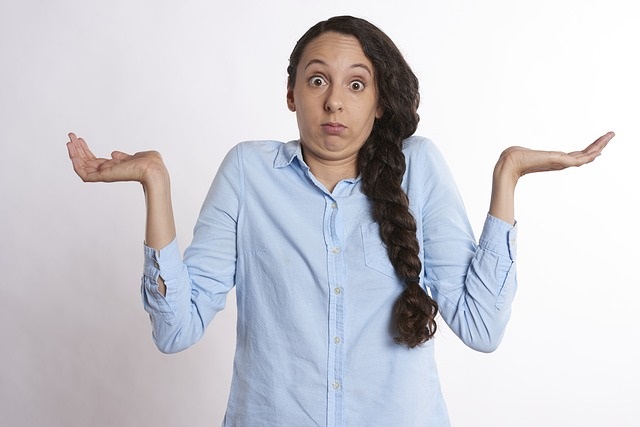The new tax rules for landlords have been in since April 17 but it’s only now that you will be completing your first tax return under these rules, so here is a little reminder of how the new rules work (and a little work out for your brain in this hot weather!)
In the good old days pre April 17, unincorporated landlords would only pay tax on their rental profit. The interest that you pay on your “interest-only buy to let mortgage” was a cost that you could claim in full in working out your profit for the year. In tax terms, you would be saving tax at your highest marginal tax rate on this mortgage interest, so at 40% for a higher rate taxpayer.
From April 2020, you will no longer be able to deduct your mortgage cost from your rental income in working out the profit. Instead, you will receive a 20% tax credit for your mortgage interest.
This new system will potentially increase the tax you pay in 2 ways:
- If you are a higher rate taxpayer, the tax credit is only 20%, whereas before you had 40% relief
- Less obviously, you could be forced into a higher tax bracket, depending on your other income, as the rental income that you now need to declare is higher than it was before. This could have knock on effects for child benefit or tax credits, or even capital gains tax if you are selling your rental property.
The change is being phased in over 3 years – which leads to some complicated calculations over the next few years.
In 17/18, you can still claim 75% of your mortgage interest relief, and you’ll get the 20% tax credit on the other 25%
In 18/19, you can claim 50% of your mortgage interest relief, and you’ll get the 20% tax credit on the other 50%
In 19/20, you can only claim 25% of your mortgage interest relief, and you’ll get the 20% tax credit on the other 75%
So if you are doing your 17/18 tax return, you need to provide HMRC with this information.
There are new boxes on the 2017/18 tax return to complete – the 75% you can claim this year goes into Box 26 on the Property pages, and the 25% you can’t claim needs to be entered into Box 44. You’d then be wise to check the tax due as a result, to make sure it has been calculated correctly.
Good luck!
As ever, if you need some help with this, or your tax return this year, then please drop me an email at rosieforsyth@wilkinsco.co.uk


